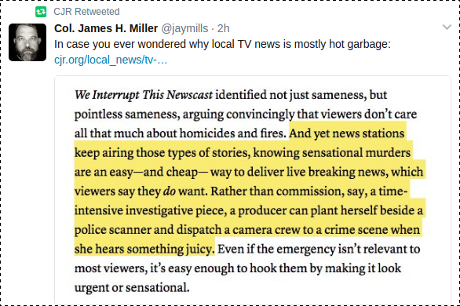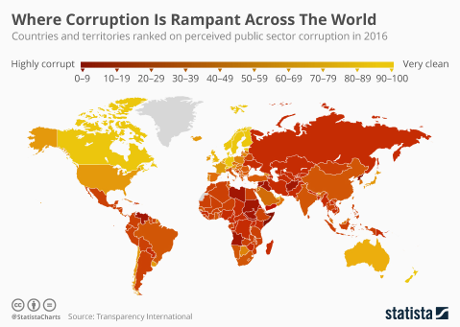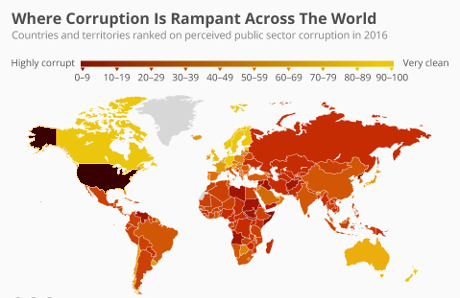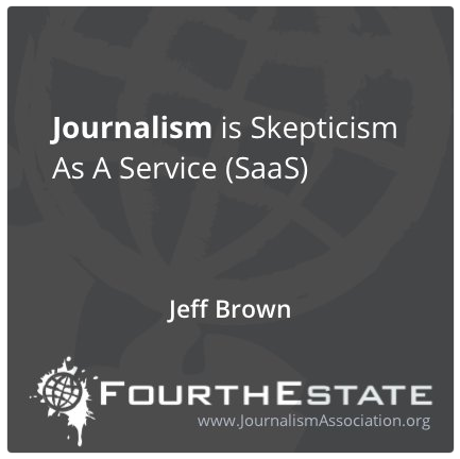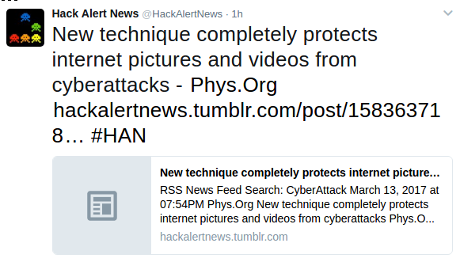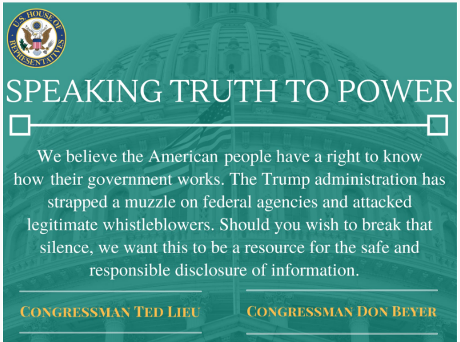Terrorism and the Media: A Handbook for Journalists by Jean-Paul Marthoz, published by United Nations Educational, Scientific and Cultural Organization (UNESCO).
From the Foreword:
It should be clear to everyone why a publication such as this, on the coverage of terrorism and violent extremism in the media, is urgently needed.
Around the world we see various actors staging violence against civilians to foster fear and suspicion of others. We see populations in many countries convinced that terrorism represents the most significant threat to their daily lives. We see political movements that take advantage of tragedy and pit citizens against each other in order to gain greater support. It is critical to reflect on how the media may be inadvertently contributing to this tense climate, and what steps should be taken to address this.
It is important to remember that terrorism is not a new phenomenon. Many countries have suffered for decades from groups, both internal and external and including both State and non-State actors, wielding violence against civilians as political strategy. In many cases, the local population emerged stronger and more resilient, proving that brutality is no match in the long term for the progress of unity and shared values.
In this context, the media are critical in providing verifiable information and informed opinion. During the tense environment of a crisis, with populations on edge and tempers flared, this becomes all the more important. The relationship between terrorism and media is complex and fraught. At its worst, it is a perverse symbiotic relationship – terrorist groups devising spectacles of violence to continue drawing the world’s attention, and the media incentivised to provide wall-to-wall coverage due to huge audience interest.
Of course, this is not to minimise the real human suffering that terrorism causes. Far too many lives have been cut short by it. These acts must always be deplored, and those accountable brought to justice.
It is important to remember that the goal of these violent actors is not to bring terror for terror’s sake. They do not wish to create fear in the minds of men and women simply because of their interests, hatred or ideology. Their real objective is to cleave society down the centre, turning people against each other by provoking repression, discrimination and discord. They aim to simultaneously prove themselves correct in their predictions of widespread persecution and to attract new followers to their violent cause. They seek to create a mood of defeatism in the face of attacks and polarised reactions.
The real risk of terrorism is that fear and suspicion will drive a new wave of nationalism and populism, and that the freedoms we have all worked so hard to achieve will be sacrificed on the altar of retribution. These are not attacks on one nation or people, but attacks on all of us as global citizens. We should be especially critical of any response that plays willfully into the hands of violent actors, and which generates its own victims who become martyrs for further terrorist recruitment.
… (emphasis in original)
If you found yourself nodding in agreement with that excerpt, be aware you have chosen a side without defining it.
That’s not a bad thing, even upon reflection we all choose sides, I’m simply advocating honesty and transparency in those choices.
Marthoz tries to be even handed, “One person’s terrorist is another person’s freedom fighter” (page 17) and “State terrorism generally escapes the notice of those who try to forge a common international definition of terrorism within intergovernmental organizations.” (pages 20-21), but the United States is not listed as a terrorist organization nor named as a state sponsor of terrorism.
Perhaps necessary to achieve publication by UNESCO but that omission is symbolic of the pressure journalists will face in reporting on “terrorism.”
What other name would you give an acts described at Airwars, a site that monitors US-led bombing in Syria and Iraq?
But you won’t find the media, Western media at any rate, denouncing US-led bombing in Syria and Iraq as terrorism nor will they out the pilots who are committing those acts of terrorism.
My suggestion is that you bookmark Airwars and when a non-systematic, indeed random act of terrorism occurs in your country, include in your story the latest terrorist acts by the US and its allies.
To give your account balance.
For example, on November 28, 2016, Abdul Razak Ali Artan injured 11 people with a butcher knife at Ohio State University. You could take any number of stories from Airwars but consider on November 29, 2016, Rawa, Anbar province, Iraq, ten members of a single family were killed in a bombing raid.
I don’t remember seeing the Rawa, Anbar province, Iraq story in Western media. Did you? Why are there no, repeat no reporters from any major news organization providing reports on such events?
Want balance in your coverage? Start funding reporters to provide first hand confirmation of air strikes in Syria and Iraq.
